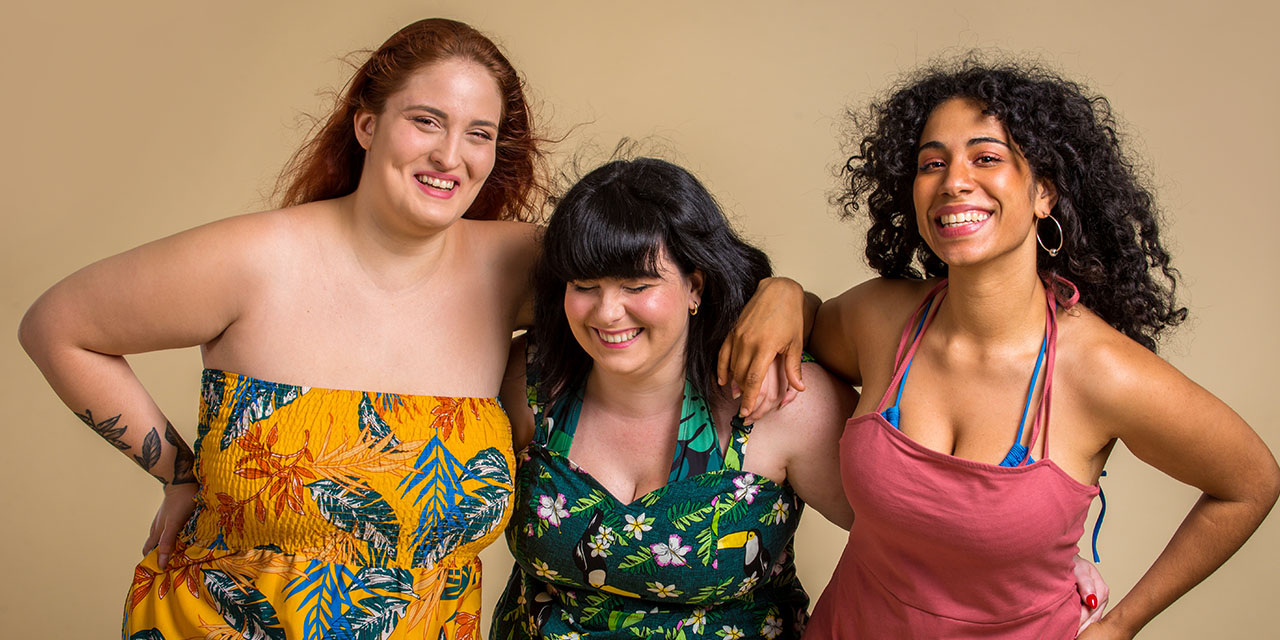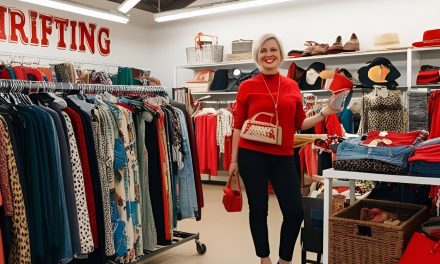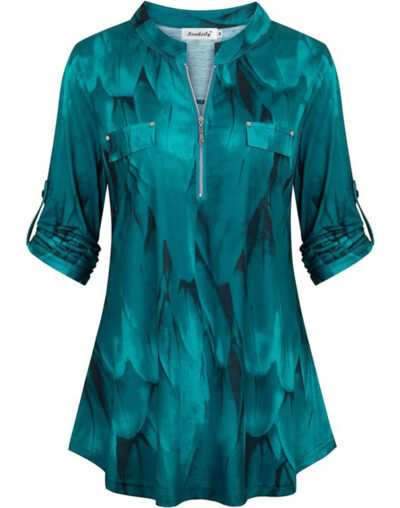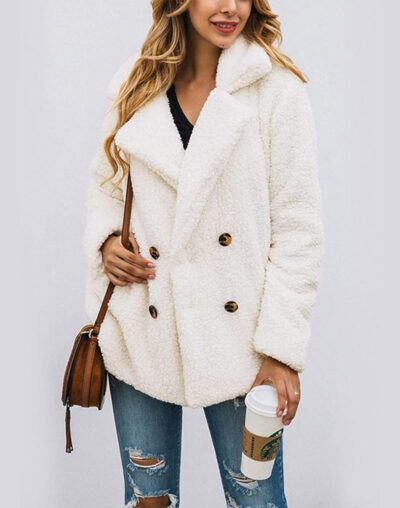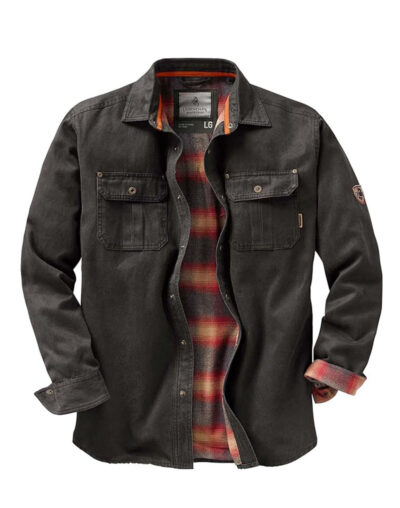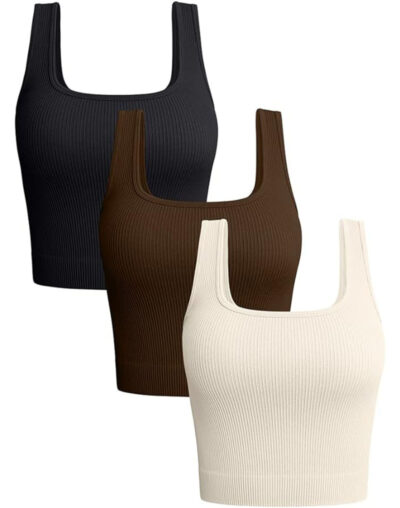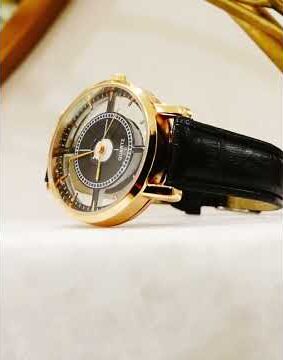Despite progress, the fashion industry encounters challenges in inclusive sizing and body positivity. They include the limited availability of plus-size options, lack of diversity in models and advertising, and harmful societal perceptions of body types.
These challenges have often created a disconnect between consumers’ aspirations and the fashion industry’s offerings.
Size inclusivity has been a notable concern, with many brands failing to extend their ranges to accommodate a diverse customer base. The lack of representation of different body types in fashion models and advertising further perpetuates unrealistic beauty standards.
The ongoing body diversity movement seeks to address these issues. It can achieve this by promoting a more inclusive and accepting approach to beauty and style. Here’s a more in-depth look at the challenges facing inclusive sizing:
Limited Availability Of Plus-Size Options
The limited availability of plus-size options remains a significant challenge in pursuing inclusive sizing. It hinders the progression of the size inclusivity movement and embracing diverse size diversity in fashion.
This challenge leads to two major issues. First, it affects the availability of stylish and trend-following clothing for plus-size individuals. Second, it perpetuates the idea that fashion is only for certain body types.
This sends a message that inclusivity in fashion is superficial rather than a genuine effort to celebrate all body shapes and sizes.
As a result, many individuals feel excluded and underrepresented in the fashion world. This hinders their ability to express their personal style and feel confident in their skin. The impact of this limited availability reverberates through the industry. It impedes progress towards true diversity and inclusivity.
Lack Of Diversity In Models And Advertising
The lack of diversity in models and advertising challenges body positivity and inclusive sizing efforts. This highlights the need for enhanced representation and a focus on inclusive body representation within fashion initiatives.
This lack of diversity perpetuates narrow beauty standards. It makes it difficult for individuals of various body types, ethnicities, and abilities to see themselves reflected in fashion.
By embracing various models, fashion brands can promote inclusivity and empower consumers to feel confident in their bodies.
Inclusive sizing and diverse representation in advertising can also foster a more positive and accepting environment in fashion. Ultimately, this benefits individuals and the industry as a whole.
Negative Societal Perceptions Of Body Types
Negative societal perceptions of body types pose a significant challenge to the body positivity movement. They impede the broader acceptance and celebration of body diversity within the fashion industry. This necessitates a paradigm shift towards positive body acceptance.
Such a shift is crucial for fostering an inclusive environment that embraces individuals of all shapes, sizes, and backgrounds. The body positivity movement strives to create a more affirming and empowering space for people to feel comfortable and confident in their own skin. It does this primarily by challenging traditional beauty standards and promoting diversity.
Embracing positive body acceptance can lead to a society where people are valued for their individuality. This helps to promote mental and emotional well-being. Interested to learn more about inclusive sizing and body positivity? Then check out our website, You’re In Style.
